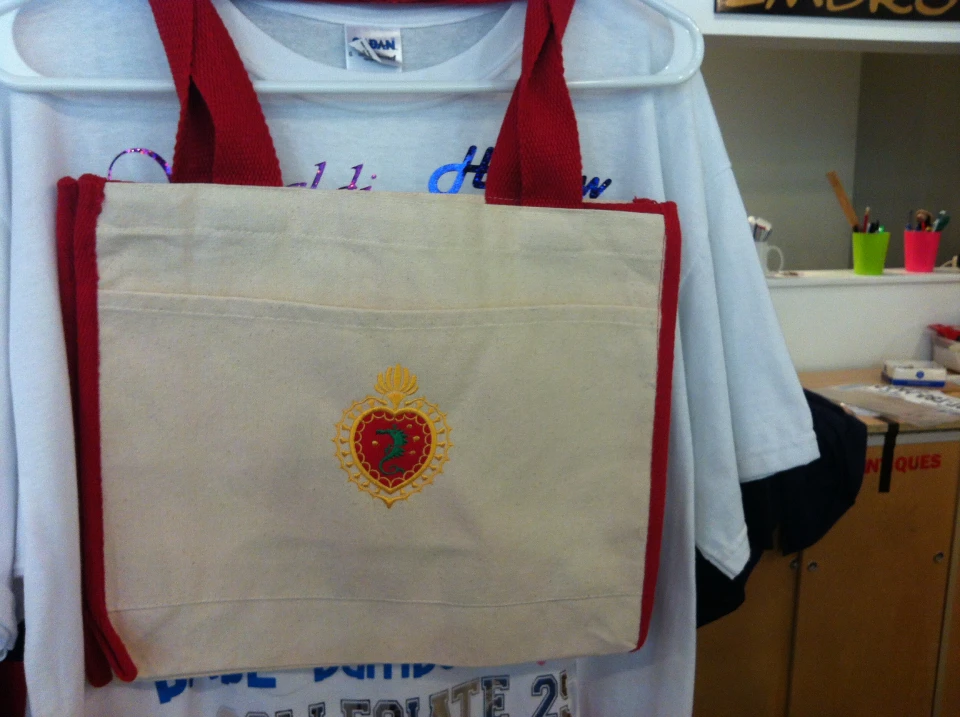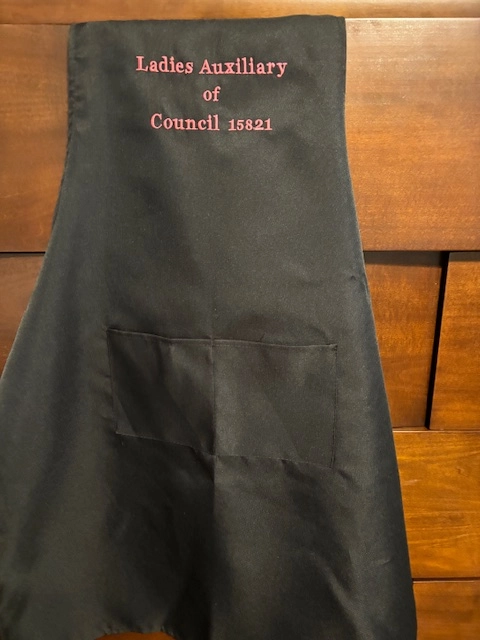Customized Lab Coats with Embroidery for Medical Professionals
The Art of Customized Needlework: Opening the Tricks to Creating One-of-a-kind and Memorable Styles
The secrets to producing personalized embroidery designs that captivate the eye and leave a lasting perception lie in a fragile balance of strategy, imagination, and interest to information. As we dig into the world of custom embroidery, we uncover the nuanced interaction between thread option, stitch complexity, and design customization that raises a mere garment to a job of art.
Choosing the Right Needlework Threads
When selecting embroidery threads, what key elements should you think about to make sure the finest results for your customized layouts? The choice of needlework string is essential in identifying the last end result of your stitched style. One of the primary considerations is the product of the string. Different products such as cotton, polyester, rayon, and silk provide varying levels of sheen, durability, and appearance. It is vital to choose a thread product that matches the material you are embroidering on and lines up with the preferred appearance of the design.
Moreover, the weight or density of the thread plays a substantial duty in the look of the embroidery. Thicker strings can include dimension and texture to your layout, while finer strings are perfect for complex information and small text. In addition, thinking about the color fastness and washability of the string is important to make sure that your custom-made styles preserve their high quality and vibrancy with time. By thoroughly reviewing these variables and selecting premium threads that satisfy your particular demands, you can boost the visual charm and durability of your stitched productions.
Discovering Different Stitch Methods
To explore the realm of 'Discovering Different Stitch Techniques', one should understand the complexities and subtleties that each sewing method brings to the art of needlework. Various stitch methods not only include visual rate of interest however additionally add to the general appearance and dimension of the style. One popular stitch strategy is the satin stitch, which entails closely packed parallel stitches to produce a smooth and glossy surface, perfect for loading in shapes and developing bold details.
On the other hand, the backstitch is a flexible method typically utilized for laying out and including great details. It includes stitching backward to create a strong line of needlework. Additionally, the French knot stitch adds a tactile component to layouts, ideal for creating textured accents like flower facilities or attractive touches.
Discovering various stitch strategies permits embroiderers to play with light, shadow, and deepness within their layouts, boosting the visual appeal and artistic high quality of their embroidery jobs. By understanding various stitching methods, one can open endless possibilities for producing unique and remarkable custom embroidery items.
Incorporating Personalized Style Components
Having checked out the intricacies of different stitch strategies such as the satin stitch, backstitch, and French knot, the emphasis currently shifts in the direction of incorporating individualized style components in customized embroidery tasks. Individualized design elements play an important role in making embroidery jobs genuinely distinct and memorable.
Another way to include individualized design aspects is by including signs or themes that hold unique definition to the recipient or mirror their interests and personality. Integrating a preferred flower, animal, or hobby-related sign can make the needlework layout much more significant and customized. In addition, selecting colors that resonate with the recipient webpage or straighten with the desired theme can even more improve the personalization of the embroidery task.
Grasping the Art of Color Sychronisation

One secret facet of color control is comprehending shade tailored outfits concept. This includes understanding how different shades engage with each various other, the emotions they communicate, and how they can be combined to develop visually attractive layouts. By using shade concept principles, embroiderers can produce harmonious color combinations that improve the general look of the design.
Furthermore, taking note of comparison is critical in color coordination. Utilizing contrasting colors can assist specific aspects of the design pop, enhance legibility, and develop a visually dynamic needlework piece. By understanding the art of shade control, embroiderers can elevate their styles and create unforgettable pieces that resonate with clients and visitors alike.
Enhancing Texture With Advanced Embroidery Stitches

French knots, for instance, are excellent for including small, increased dots to your style, imitating the look of grains or producing a distinctive surface. Bullion knots, on the other hand, can be utilized to create twisted, ropelike aspects that include a lavish feeling to the needlework. Seed sewing entails little, scattered stitches that can complete areas with a speckled structure, while turkey work develops fluffy, dimensional accents evocative animal fur or vegetation. Exploring with these innovative embroidery stitches permits you to push the click to find out more borders of traditional embroidery and produce genuinely one-of-a-kind and aesthetically attractive appearances in your styles.
Verdict
In verdict, the art of customized needlework entails a mix of picking the best threads, discovering different stitch techniques, integrating individualized style elements, understanding shade sychronisation, and enhancing texture with sophisticated stitches. By understanding and carrying out these crucial elements, embroiderers can create special and remarkable layouts that showcase their creativity and skill. Needlework lovers can unlock the keys to producing lovely and custom pieces that stand apart and leave a long-term impact.